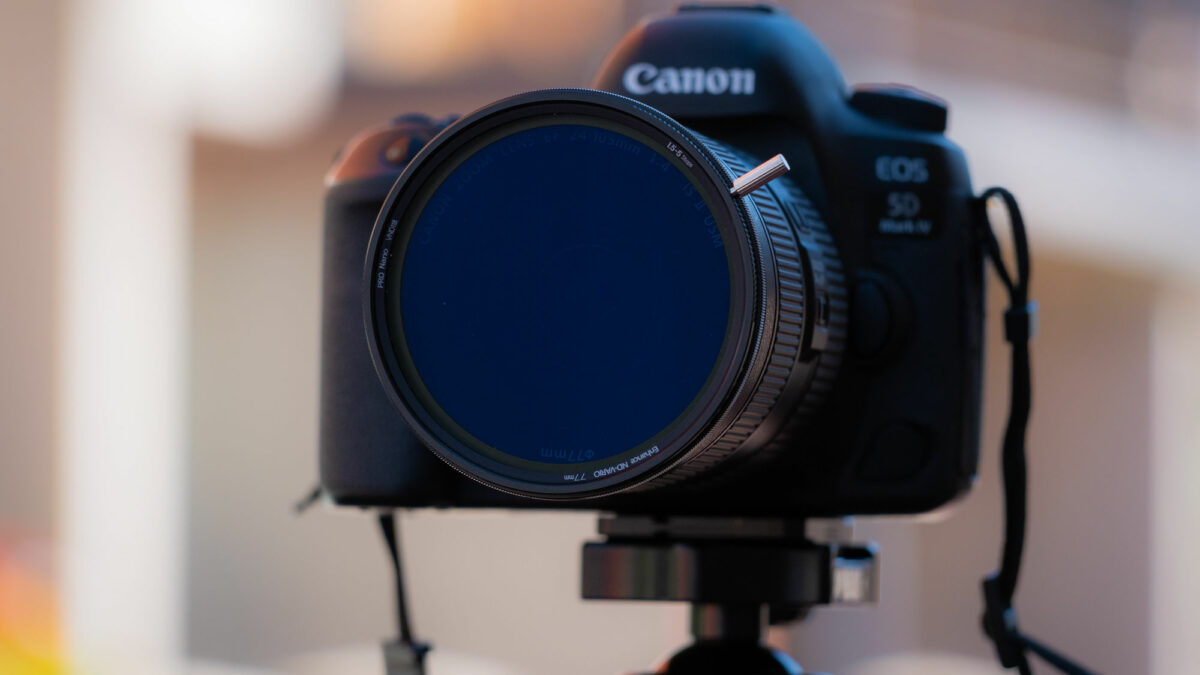Cameras, both digital and analog, and even smartphone cameras, are delicate pieces of technology that require careful handling to maintain their functionality and longevity.

One common concern among photographers and videographers is whether vibrations can damage their cameras. This article explores the potential impacts of vibrations on cameras, the mechanisms behind such damage, and how to protect your equipment.
How vibrations affect cameras?
Vibrations can affect cameras in several ways, depending on their intensity, frequency, and duration. Here’s a breakdown of the potential effects:

1. Mechanical damage.
Internal components: Cameras consist of various mechanical parts, such as the shutter, mirror assembly (in DSLR cameras), lens elements, and image stabilization mechanisms like optical image stabilization (OIS). Continuous or intense vibrations can loosen or misalign these components, leading to operational failures.
For instance, the mirror mechanism in a DSLR might get misaligned, causing issues with image capturing and focusing. Or when optical stabilization damages, it fails to work.
Lens elements: The lens is particularly susceptible to vibrations. The precise alignment of lens elements is crucial for maintaining image sharpness and focus accuracy. Vibrations can shift these elements, resulting in optical defects like focus issues and blurring.
2. Electronic malfunctions.
Sensors and circuits: Modern day cameras and smartphones are packed with sensitive electronic components, including image sensors, circuit boards, and connectors. Vibrations can cause micro-cracks or loose connections in these parts, leading to sensor malfunctions, intermittent connectivity issues, or even complete failure of the camera.
3. Image quality.
Blurred images: Even mild vibrations during shooting can cause motion blur, particularly in long-exposure photography. This is especially problematic in environments where a steady shot is critical, such as in astrophotography or macrophotography.
Image stabilization systems: While image stabilization systems (both optical and sensor-shift) are designed to counteract minor movements, excessive vibrations can overwhelm these systems, reducing their effectiveness and resulting in blurry images.
Sources of vibrations.
Understanding where vibrations might come from helps in mitigating their impact.
Common sources include:
1. Transportation.
Traveling with a camera, especially on rough roads or while using public transportation, can subject it to continuous vibrations. Improperly packed equipment in a vehicle or baggage can be jostled around, leading to potential damage.
2. Mounting equipment.
Using a camera on vibrating surfaces or mounts, such as drones, motorized sliders, or vehicles, can transfer vibrations directly to the camera. Tripods placed on unstable surfaces can also vibrate, especially during long exposures.
3. Environmental factors.
Natural factors like wind or nearby machinery can induce vibrations. This is particularly relevant in industrial or construction areas where heavy machinery operates.
Protecting your camera from vibrations.
To prevent damage caused by vibrations, consider the following protective measures:
1. Use high-quality protective cases.
Invest in high-quality, padded camera bags or hard cases that offer cushioning and absorb shocks. These cases are designed to shield the camera from the impact of vibrations during transportation.
2. Secure mounting.
Ensure that tripods, mounts, and supports are stable and designed to dampen vibrations. Use tripods with vibration-damping features, and avoid placing them on unstable or vibrating surfaces.
3. Isolation mounts.
For situations where the camera must be used in vibrating environments (e.g., on drones or vehicles), use isolation mounts or dampening systems that absorb and minimize the transfer of vibrations to the camera.
4. Handle with care.
When handling and transporting your camera, avoid sudden movements and shocks. Pack it securely, ensuring that it does not move around within its case.
5. Regular maintenance.
Regularly inspect your camera for any signs of mechanical or electronic issues that could be exacerbated by vibrations. Early detection of problems can prevent further damage.
6. Environmental awareness.
Be mindful of the environment in which you are shooting.
Avoid placing your camera on surfaces prone to vibrations, and use additional support or stabilization techniques when necessary.
Conclusion.
While cameras are designed to endure a range of conditions, they are not impervious to the damaging effects of vibrations. Both mechanical and electronic components can suffer from continuous or intense vibrations, leading to operational failures and degraded image quality. By understanding the sources of vibrations and implementing protective measures, photographers and videographers can safeguard their equipment, ensuring its longevity and optimal performance. Whether you are traveling, mounting your camera on dynamic platforms, or shooting in challenging environments, taking steps to mitigate vibrations is essential to maintaining your camera’s health and your image quality.
Leave a Reply